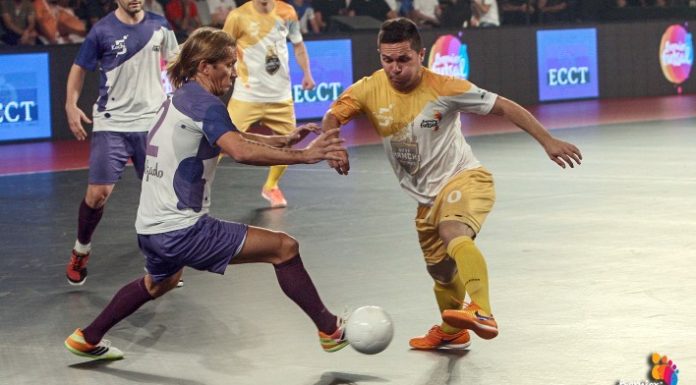As data collection, gaming, and design are undergoing significant advancement, it’s no wonder that football boot technology is progressing along the same lines. We take a look at recent innovation in the world of football boots, and see how the definition of “industry standard” is ever-evolving.
Blockchain. Playstation 5. Autonomous driving vehicles. Football boots.
One of these is unlike the other, yet certainly has its own story of progress and innovation. Since the days of the original adidas Copa Mundial and its kangaroo leather, boot technology has taken a methodical process: Making leather lighter, changing studs, adding rubber swerves.
Yet it was only until analytics met a new-age material upper that things took off for this matrimony. Leather and synthetics were combined, lacing became off-centered, and studs were designed more like cheetah claws rather than molded rubber. As of lately, microchips have been added to record metrics, and suddenly we have entered into a new age of data and algorithms.
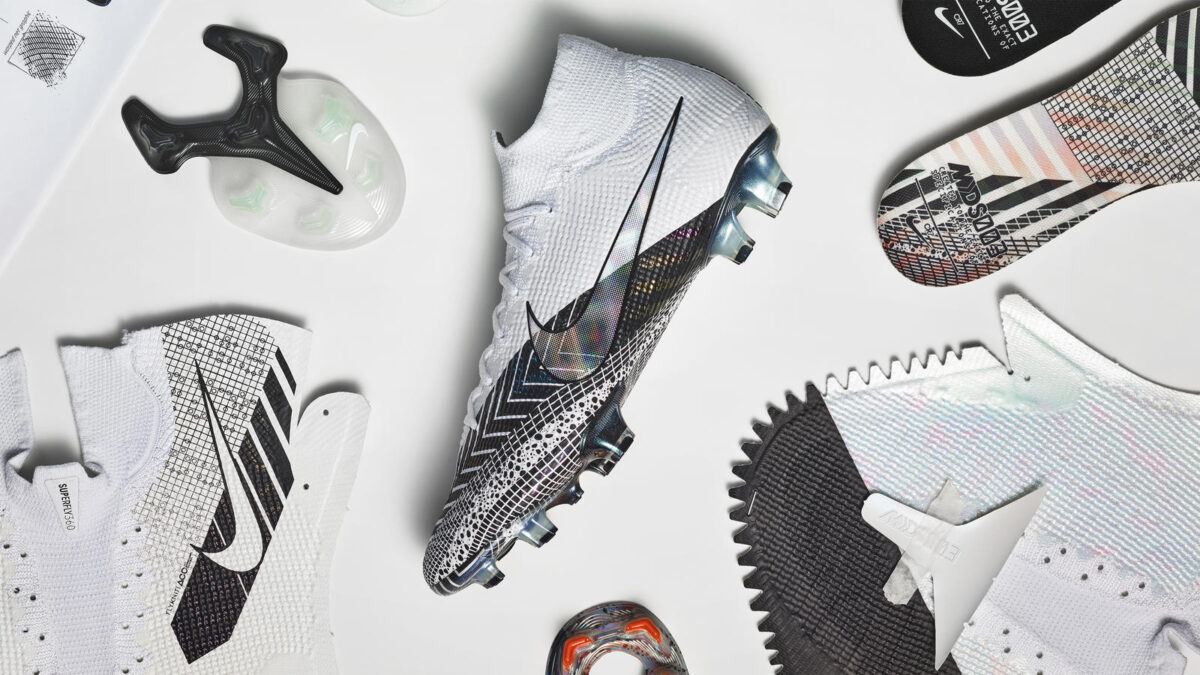
Let’s start at the top, with Nike’s Mercurial Dream Speed Superfly 7 Elite. Nike envisions Cristiano Ronaldo’s boot of choice as harmony at its peak, blending speed, touch, and lightness. Now in its third generation, the Superfly Flyknit upper is actually a touch thicker than previous models, contrasting with the brand’s “less is more” strategy since the original Vapors. Nike’s thinking here was to see the foot and leg connecting to the brain as one, rather than fragmented and isolated pieces.
The Swoosh has also taken another look at 3D printing. From novelty to necessity, 3D printing has become a tool that not just athletic brands, but even a component of the United States government depends on for manufacturing.
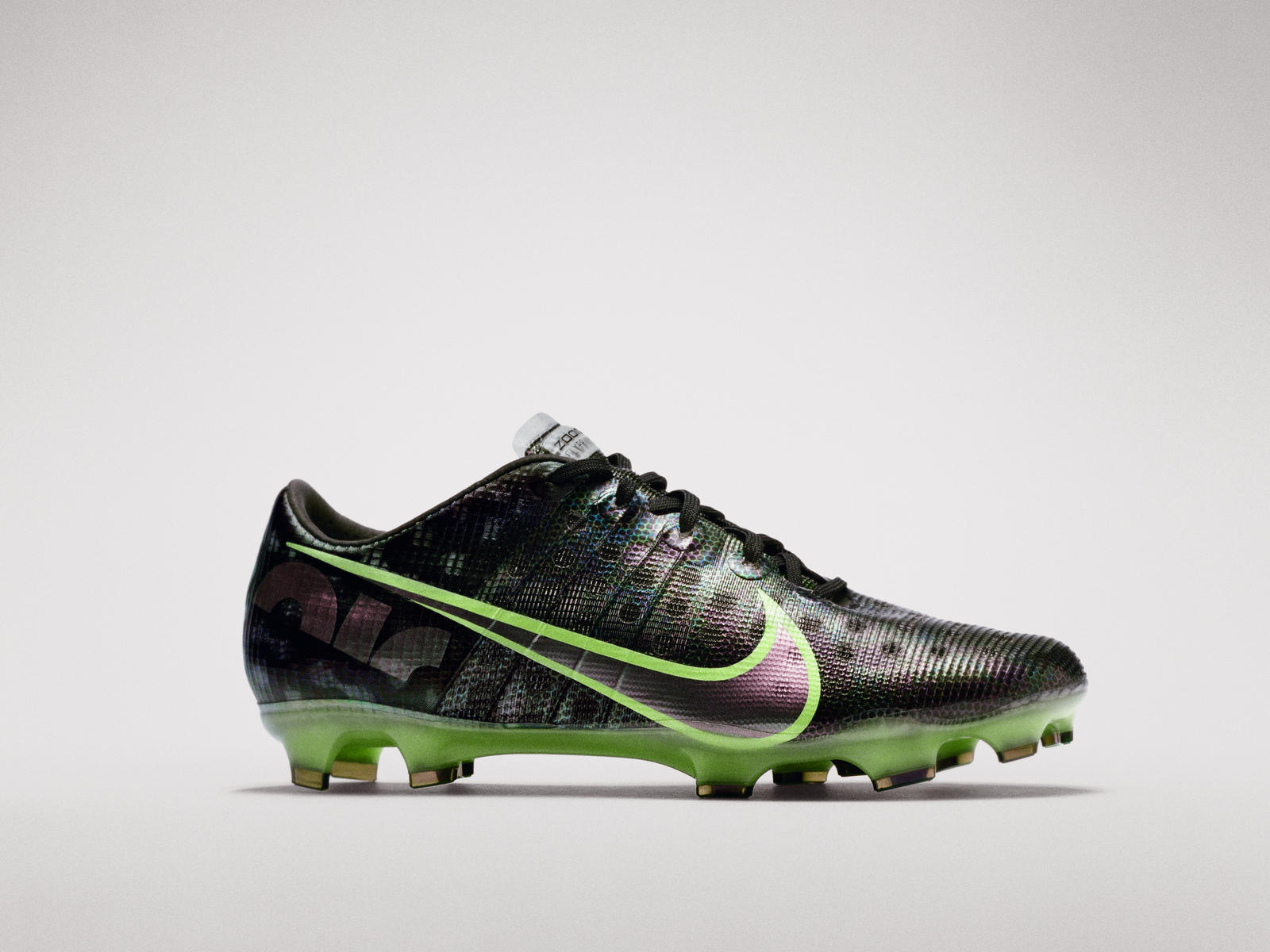
Nike’s prototype — the Air Zoom Mercurial — employs the first football boot upper stitched by a 3D printer, along with a full-length Zoom Air bag in the sole. Much in the way that the KERS system returns energy into an F1 car’s combustion chamber, the airbag retransmits energy into the player. Whereas an airbag has the assumed use as a cushion, this is quite the opposite — it’s about responsiveness. Think trampoline rather than a pillow.
The benefits of the 3D textile, according to Nike, are, “whereas in a knit or woven textile there is frictional resistance between the interlaced (warp and weft) yarns, in a printed textile, due to its fused intersections, there is greater potential for precision-tuned containment.” TLDR, the process replaces traditional seaming methods for zero-error margins.
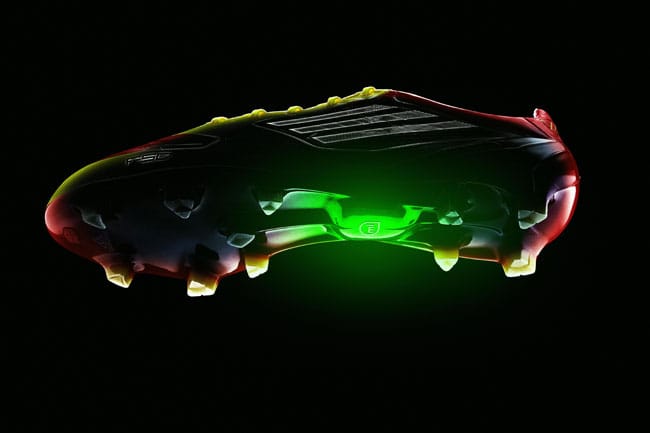
While the American giant focused on materials and boot innovation, its German rival dove into analytics. adidas introduced its miCoach technology to its football boot and ball range in the early 2010s, and the tech was famously featured at the 2014 World Cup.
miCoach took the Moneyball approach to athletes themselves, preluding the onset of football’s technological age. While it was surely groundbreaking, the information gathered was contained specifically to you — much like an early app used just for personal growth. Player monitoring was seen as revolutionary by Ajax in the early 2000s, even gaining attention by The New York Times, but a decade later it was commonplace. The miCoach elite system helped make these data collections ubiquitous, with the chip woven in to create a “smart jersey.” miCoach recorded power, speed, distance, heart rate, acceleration, and field position, sending the data back to a server, which was then sent to the coaching staff.
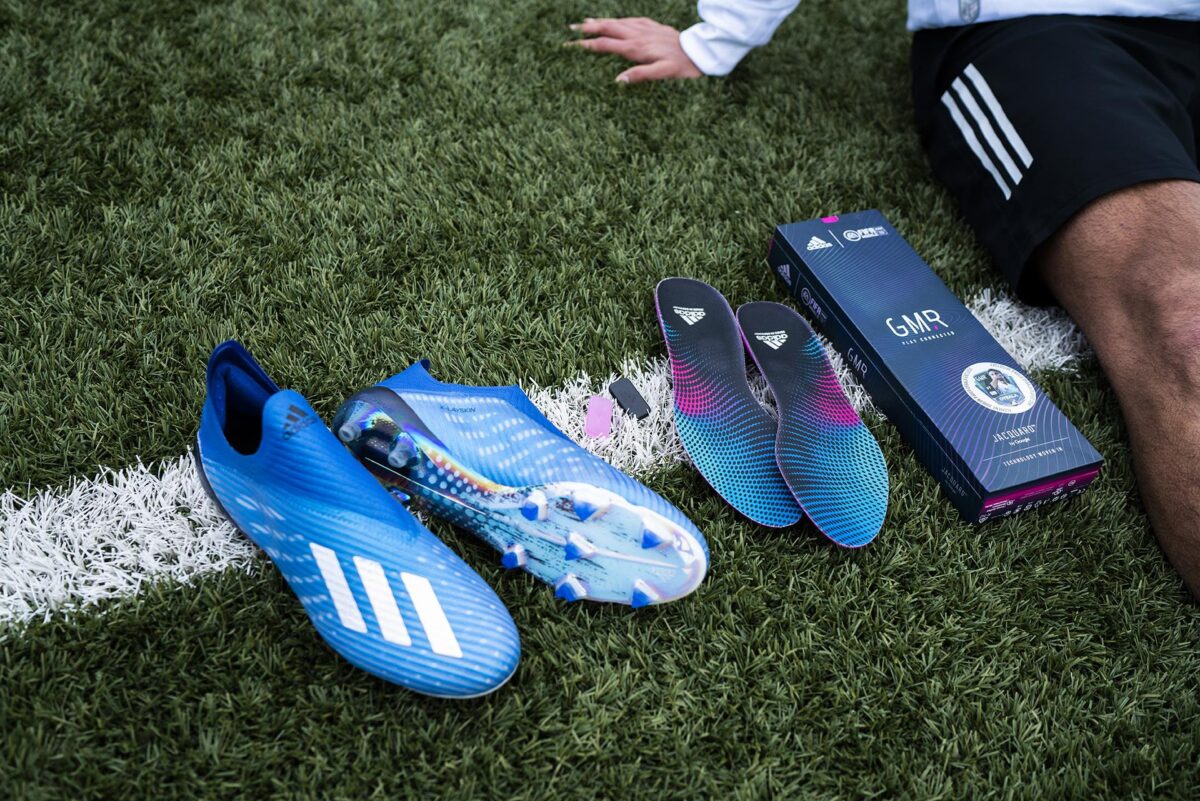
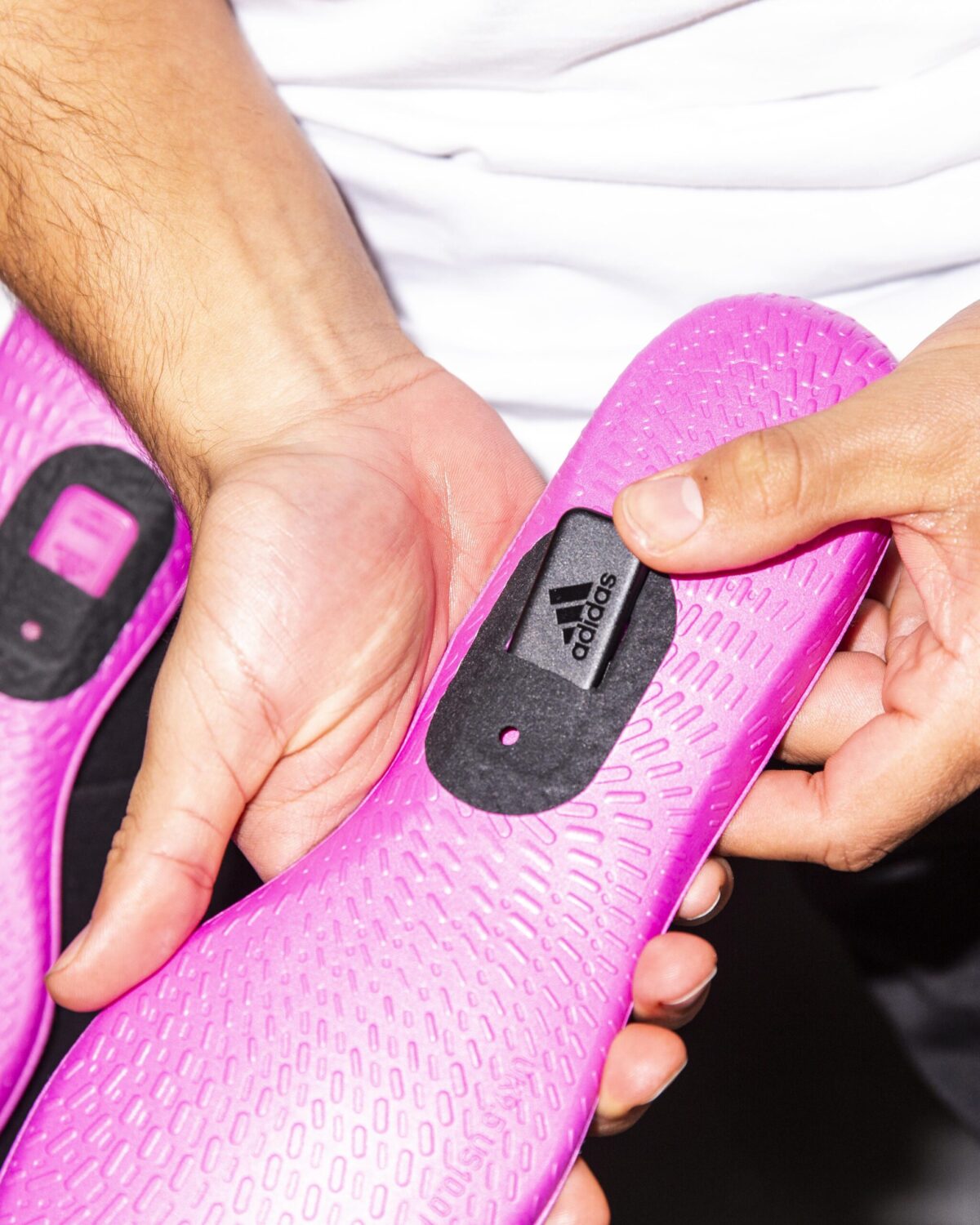
adidas has now meshed the fan experience with the aspiring player, mixing physical football with digital gaming. The brand’s new GMR feature challenges players to up their skills by using the technology to improve their FIFA Mobile Ultimate Team overall rating. Powered by a Jacquard (by Google) tag, the chip is gesture controlled — and it has capabilities beyond football. With Joao Felix as the poster boy (man), even he can be taken on in the “Shot Power Challenge,” along with other objectives which unlock virtual rewards. A global leaderboard then ranks the top 20 users, while showcasing highlights on Instagram when posts use the #GMR tag.
The future of football is about a few different things: technology, innovation, gaming, and putting the fan in control. The onset of football’s digital and technical revolution is already a decade in the making, yet in the past year the boundaries have been pushed significantly. The industry standard is more remarkable than ever.




